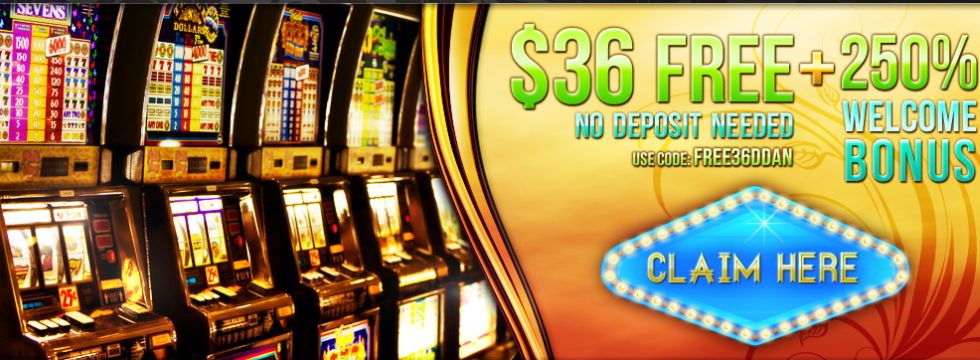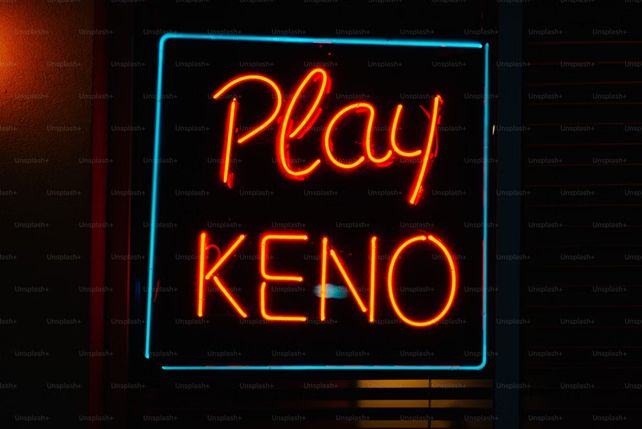Understanding the Odds and Expected Returns in Keno

Keno is a lottery-based casino game that is purely a matter of chance. Yet the amount of numbers, or spots, that you pick does slightly influence the odds, as well as dramatically changing the payouts.
In keno, 20 numbers are drawn at random from a possible 80 numbers. Players pick any amount of numbers from 1 usually up to 15, in some cases up to 20. The more spots are caught, the bigger the prizes.
You don’t need to be an expert in keno to enjoy the game. But if you’re interested in numbers, or want to know how best to maximize your chances, then this article will explain a little more about how the odds work.
Here’s the basics
It’s a little more difficult to work out the odds of certain outcomes in keno than it is in other casino games. For example, in single zero roulette, there are 37 numbers and therefore a 1/37 chance of hitting a single number. This can be multiplied if several numbers are picked.
In slots and online slots, the return to player (RTP) is displayed on each game. This tells players the expected value from their bet. For example, an RTP of 90 percent means the player can expect, on average, to see 90 cents returned for every $1 wagered, making for a house edge of 10 percent.
Online slots often offer more generous odds than casinos. The online slots at CafeCasino feature an RTP up to 99% on some of the titles on the site.
In keno, exact odds can also be calculated. At first, this is very simple to do. But the more spots are picked, the more complex the maths becomes.
It’s also worth keeping in mind that keno payout tables are different according to the casino or online casino. This doesn’t effect the actual odds of events happening, but it does effect the prizes players receive when they hit their numbers, their expected value from playing the game.
It’s therefore always worth comparing keno prize tables to find the best payouts.
One spot and two spots
Let’s start with the simplest keno bet. If you choose to pick just one number, then you have a 25 percent chance, or 1 in 4, of hitting that number when the balls are drawn (20 balls drawn divided by the 80 possible balls).
In a typical keno pay table, the casino will payout $3 from a $1 bet. If the payout was even money, it would be $4. We can see here that the house edge is 25 percent and the expected return from the bet is 75 percent.
When it comes to two spots, the odds jump up straight away. The chance of hitting two spots in a standard game of keno are just 6.1 percent. A $1 ticket typically pays $12, which translates to an expected value of 72.15 percent.
Moving up the spots
By the time we get to three spots, the probability of hitting all three numbers is just 1.39 percent. However, the casino pays a consolation prize for hitting two of the three numbers, which happens 13.88 percent of the time. The expected return once again comes out at 72.15 percent.
Moving to four spots and now the prizes get more serious. The player can win $120 from a $1 bet by hitting all four spots, as well as a consolation for hitting three or two spots. However, the expected return falls to 71 percent.
As players move up to choosing five, ten, or even more spots, the percentages of expected returns start to decrease very slightly. Picking five or six keeps the EV hovering close to 71 percent. By nine and ten spots, it has fallen to less than 70.5 percent.
Granted these are tiny differences, yet we can see that choosing just one spot has a difference of nearly five percent greater expected value compared to choosing ten spots.
Far out odds – hitting 10, 15 or 20
It’s often tempting to play for the biggest wins in keno, which come from picking the most spots and then catching all the numbers. Hitting 20 spots, for example, would yield seven figure returns that would be quite literally life changing.
However, the chances of actually hitting high numbers like this are very slim. Picking 10 spots and hitting all 10 has odds of 1 in 8,911,712.
Picking 20 spots and hitting all 20 happens approximately 1 in 3.5 quintillion times. The exact number is unfathomably big, 3,535,316,142,212,173,800.
It’s worth reminding you that, although the odds of catching all 10 or 20 numbers are very slim, these higher spot cards will also pay consolation prizes that are realistic to hit. For example, a 20 spot keno card usually pays for 0,1, 2 and 3, as well as 7 through 19. Prizes for hitting 18 or 19 will still be very high.
As such, the expected returns on a 10 or 20 spot card do not dramatically fall, taking only a slight dip.
The bottom line
The bet with the highest return in keno is actually on a single spot, but this leaves no chance to win bigger prizes. The general advice by keen keno players is to choose between four and eight numbers. This keeps the odds more in your favour compared to picking more spots, yet still opens up the opportunity for realistic wins at a higher level.

"WinADay Casino is the home of "Power Keno', the most populer online casino game with 7 Cards of Keno at once!"



